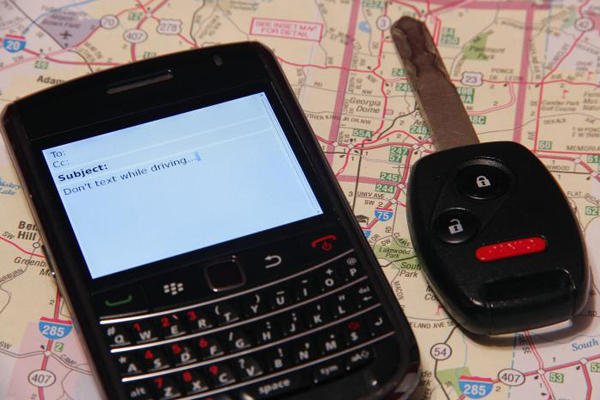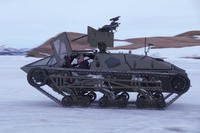A recent survey commissioned by USAA shows that service members who have been deployed text significantly less while driving than those who never have been deployed (39 percent to 53 percent). Service members within six months of their return from deployment were even less likely (34 percent) to text while driving.
"We believe the data suggests there's more to learn from service members who've been deployed about why their behaviors changed," said Joel Camarano, assistant vice president for the Property and Casualty Insurance Group's Auto Innovation and Development Team at USAA. "Limited access, an absence of driving opportunities, specialized training or other reasons may all play a role."
Overall, the survey found that 43 percent of those active-duty military members who participated in the survey text while driving, a rate similar to that reported by teen drivers and other civilian commuters in surveys commissioned by AT&T in 2012 and 2013. Further, one-third of those surveyed who believe texting while driving is dangerous still engage in the behavior.
Military.com had the chance to interview Joel Camarano, assistant vice president of Porperty and Casualty Underwriting. He relates the findings of the survey and what they mean for future auto safety.
Exactly how dangerous is it to text while driving?
The National Highway Traffic Safety Administration (NHTSA) reported that distracted driving-related accidents caused 3,328 deaths and more than 421,000 injuries in 2012. Anything that distracts a driver's attention from the road is extremely dangerous, but we feel the commonality and the time it takes to read and type texts makes texting especially dangerous. Texting while driving not only takes your eyes off the road and your hand off the wheel, it also distracts you cognitively as you engage in the conversation.
What prompted running the survey about texting and driving among service members?
Member safety is a top priority for USAA. We're always looking for ways to increase member safety, especially on our roadways. We've known for some time that distracted driving is a nationwide problem, but we haven't been able to quantify it among members of the military – where our membership is concentrated. By providing us with a better understanding of the impact distracted driving has on our members, we can better help develop ways to combat the issue.
Is the result that texting and driving drops after military deployment surprising?
We were very interested that service members who had been deployed were less likely to text while driving than those who had never been deployed, at a rate of 39% for those previously deployed compared to 53% for the others. Because no one has really approached the issue of texting while driving from a military standpoint, we weren't really sure what to expect.
What factors seem to influence that drop?
It could be because of limited access to a mobile device, an absence of driving opportunities, or the fact that they really had to focus on the task of driving in a potentially hostile environment, but because information regarding specific motivations wasn't covered by this survey, more research would be needed to draw any meaningful conclusions. There's clearly more to learn from service members who've been deployed about why their behaviors changed.
How will these findings be leveraged to decrease the rates?
We've shared the results of this study with safety centers across the branches and look forward to working with them to understand and address this issue. In collaboration with the military and AT&T'sIt Can Waitcampaign against texting while driving, we toured a distracted-driving simulator to various military bases and events in 2013 to help educate the military community about the dangers of texting while driving. In 2014, we hope to build on these efforts and take the simulator to even more locations to educate even more members of the military.










